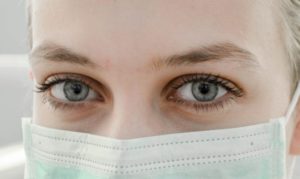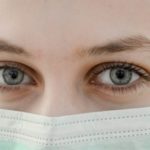SAFR has released an updated version of its flagship facial recognition platform. SAFR 3.0 comes with a new default high sensitivity face detector that will improve the system’s detection rate and accuracy for people who are wearing masks.

To that end, the improved SAFR will be able to detect faces 95.1 percent of the time, and will be able to identify people wearing masks with 98.85 percent accuracy. That remains true for surgical and non-surgical masks, and regardless of the pattern printed on those masks.
The mask detection feature has also been integrated into the SAFR dashboard to give venue operators more insight into crowd behavior. The dashboard will track mask usage rates, and can break down that information based on factors like gender, time, age, and location.
SAFR 3.0 can detect multiple faces simultaneously, which allows it to provide coverage for a larger area. While mask detection is the most noteworthy enhancement, the upgrade will improve the system’s performance with uncovered faces.
“With the 3.0 release, SAFR continues its track record of maintaining high-accuracy under challenging real-world conditions,” said SAFR Computer Vision VP Brad Donaldson. “SAFR’s accuracy improvements will enable customers to deploy face-based contactless secure access without requiring removal of PPE.”
The 98.85 percent rate easily bests the 93.5 percent accuracy rate that SAFR reported in the early days of the pandemic, when the company first indicated that it would be working to improve the mask performance of its algorithm. The RealNetworks subsidiary has since entered contracts to provide facial recognition services for the US Air Force, and for the Cross Border Xpress that runs between Tijuana and San Diego.
The update makes SAFR the latest vendor to modify its algorithm in response to COVID-19. Companies like Invixium and NEC have taken similar steps in the past few months.
–
October 28, 2020 – by Eric Weiss





Follow Us